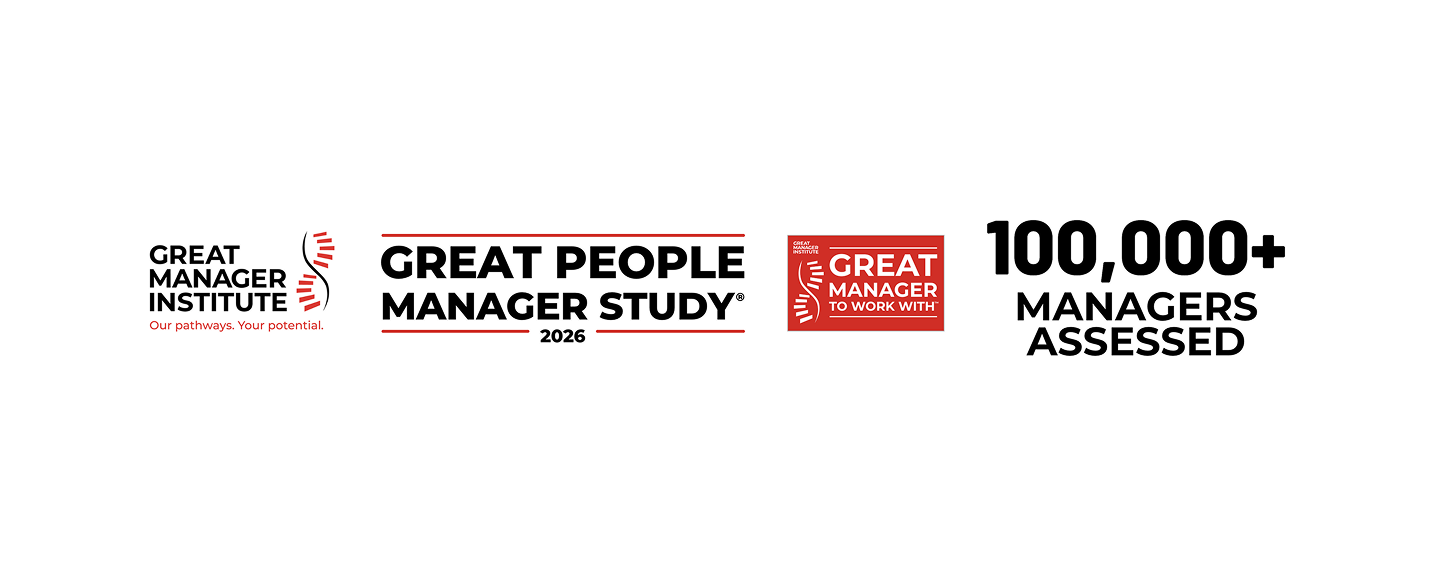At Great Manager Institute®, our research on people manager effectiveness has revealed key patterns in how leaders operate and communicate. Transparency, clarity, and execution skills are critical to leadership success, but they manifest differently at different levels of management.
Our latest findings offer CXOs and business leaders, actionable insights on how communication styles impact organizational effectiveness—and how companies can leverage these insights for strategic leadership development.
- Leadership Communication Styles: A Data Perspective
Based on our research across thousands of managers, we have identified four distinct communication styles among leaders:
- Great Communicators → Highly reliable, competent, and clear in communication.
- Silent Operators → Highly competent but do not openly communicate their work.
- Passive Sharers → Communicate effectively but may lack execution reliability.
- Confused Messengers → Struggle with both clarity and execution.
Why This Matters for CXOs:
✔️ Leadership visibility is as critical as execution—even the most capable leaders must communicate their work effectively.
✔️ Not all great leaders are great communicators—businesses need to identify and close the gap between execution and visibility.
✔️ CXOs play a key role in setting the tone for clarity, as leadership communication cascades down to teams.
2. Senior Leadership (CXOs & Senior Managers): Clarity vs. Competence


What Our Data Shows:
📌 CXOs who rank high in people management effectiveness tend to be highly competent, but many fall into the category of Silent Operators—executing well but not communicating their work extensively.
📌 This pattern is consistent across senior management, where clarity and visibility need more focus despite high competence levels.
Key Takeaways for CXOs:
✔️ Execution alone isn’t enough- perception of leadership effectiveness depends on how well leaders communicate impact.
✔️ Silent Operators must be identified and coached—top performers who lack communication clarity can benefit from structured visibility strategies.
✔️ Leadership messaging should be intentional, ensuring that clarity of vision and execution aligns across the organization.
🛠 How CXOs Can Apply This:
✅ Implement structured communication channels to ensure key decisions, progress, and strategic priorities are well-articulated.
✅ Build leadership programs that coach highly competent leaders in strategic visibility.
✅ Use people management effectiveness analytics to monitor communication gaps in leadership teams.
3. Frontline & First-Time Managers: A Unique Challenge

What Our Data Shows:
📌 First-time managers display a very different pattern: many rank as Passive Sharers or Silent Operators—meaning that even those with high potential might not be fully prepared for leadership transparency.
📌 While execution and competence improve over time, the early-stage gap in communication skills can slow down decision-making and team alignment.
Why This Matters for Business Leaders:
✔️ Frontline managers directly impact team productivity—their ability to execute AND communicate with reliability defines team clarity.
✔️ New managers need structured development—since they often excel in execution but lack leadership communication experience.
✔️ Investing in frontline leadership development reduces long-term communication inefficiencies, and enhances more reliability over time
🛠 How Organisations Can Apply This:
✅ Design first-time manager training programs that integrate execution excellence with structured and reliable communication coaching.
✅ Create feedback loops where frontline leaders receive regular coaching on transparency and clarity in leadership messaging.
✅ Leverage data-driven leadership insights to track improvement in manager communication reliability and effectiveness over time.
4.Leadership Transparency as a Business Tool
People management effectiveness is not just about individual leadership skills—it is a business performance driver. Our research highlights how clarity in leadership communication can impact business decision-making:
📌 High-performing organizations prioritize structured communication—ensuring that decisions, strategy, and execution plans are well understood across teams.
📌 People management effectiveness metrics help predict leadership success—companies that track these insights gain a competitive advantage in leadership planning.
📌 CXOs who bridge the gap between execution and transparency create stronger, more aligned leadership teams.
How Business Leaders Can Leverage This Research:
✔️ Use data-driven leadership insights to track how different managerial styles impact communication clarity and decision-making.
✔️ Ensure high-potential leaders are not just competent but also visible and clear in their messaging.
✔️ Adopt structured coaching programs, especially for first time managers, that enhance leadership transparency without compromising execution efficiency.
Final Thought: People Management as a Strategic Lever
Our findings reaffirm that leadership effectiveness is as much about clarity as it is about competence. Through structured leadership analytics, companies can identify and develop managers who are not just great at executing but also at driving transparency and trust.
At Great Manager Institute®, we continue to push the boundaries of research in people management—helping businesses use leadership insights as a strategic advantage.
💡 The future of leadership is data-driven. How is your organization leveraging leadership transparency to drive success?










